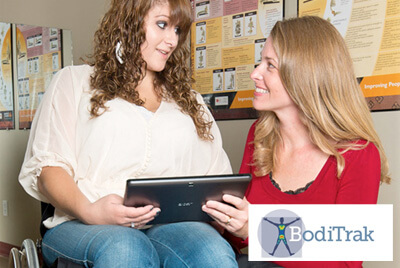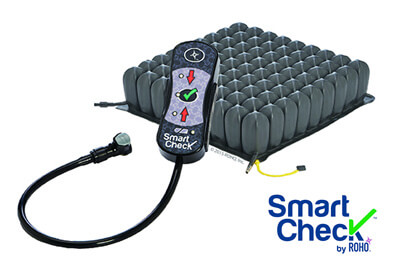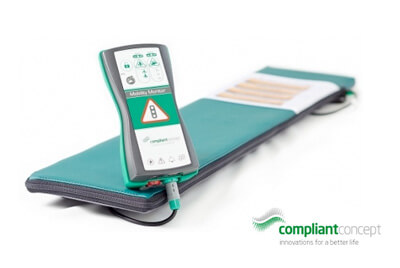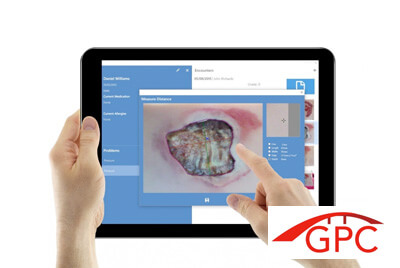Pressure Injuries are one of the most common problems faced by OTs dealing with chair-bound patients. Even when all guidelines are followed it can be hard to tell exactly when a pressure injury is developing.
But a new wave of technology is helping to provide a solution. Using everything from micro sensors within the lining of a cushion that detect pressure levels, to 3D imaging technology to measure wounds, technology is now helping OTs reduce the risk of pressure injuries in their patients.
Here are four examples of some of the most game changing technologies on the market:

Boditrak
We’ve talked before about the possibilities of the IoT for healthcare, and this is another superb example. Boditrak is an intelligent fabric that gives patients and their OTs instant feedback on everything from their weight distribution to temperature. Microsensors are placed within the breathable fabric, and the data can be sent straight to a phone or tablet to help make accurate and continual seating evaluations.
http://www.boditrak.com/products/smartseat.php

Roho’s Smartcheck
This system notifies a patient or their carer when the internal pressure of a cushion falls within a set range. This range is unique to each individual, based on their weight and anatomy, meaning that the guess work is taken out of pressure management. Once an OT has helped their patient set this up in their home, the patient can monitor their chair independently and with confidence.

Mobility Monitor by Compliant Concept
This technology gives a visualization of a patient’s movements on their mattress. It allows nurses and caregivers to objectively see how long a patient has been in a certain position and make clear decisions on when they need to be moved.
http://www.compliant-concept.ch/en/208

Wound Care app by GPC
One difficulty faced by many OTs is that the severity of pressure injuries is often very hard to judge. The Wound Care app helps make this easier by using 3D technology to measure the wound. OTs can then provide a more accurate diagnosis and treatment plan for each specific patient.
[/vc_column_text][/vc_column][/vc_row]
